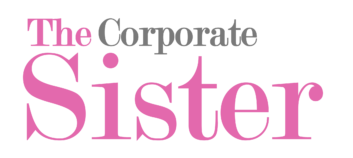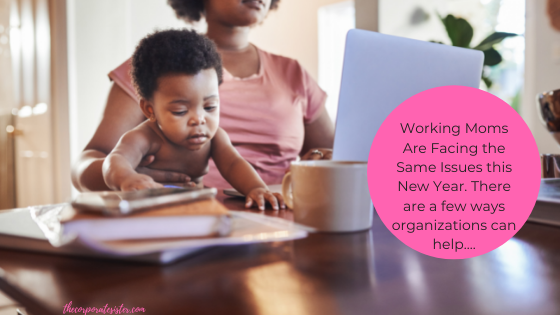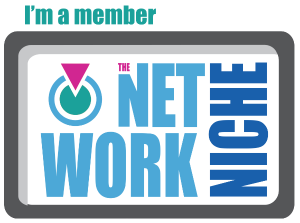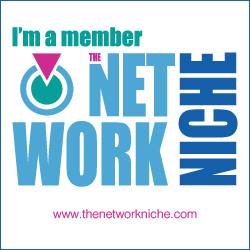Making the transition to a new year can be quite a daunting process. Making the transition to a new year in the midst of an ongoing pandemic, school and daycare closures, a general movement of career resignation, in a time riddled with social and political instability, is a monumentally challenging feat. As we step into the next twelve months of what seems an unending crisis, working moms everywhere are gearing up for yet another difficult shift.
From carrying the brunt of the COVID-19 global crisis, both on the home and career front, to continuing to live with the trauma and angst of disease, school and daycare closures, work layoffs and resignations, the challenges have not diminished for working mothers. Quite to the contrary… Adding to it the ever-continuing debate around paid leave, gender equity, and the need for increased diversity and inclusion at work in general, and many are just waiting to wake up from the longest nightmare ever…
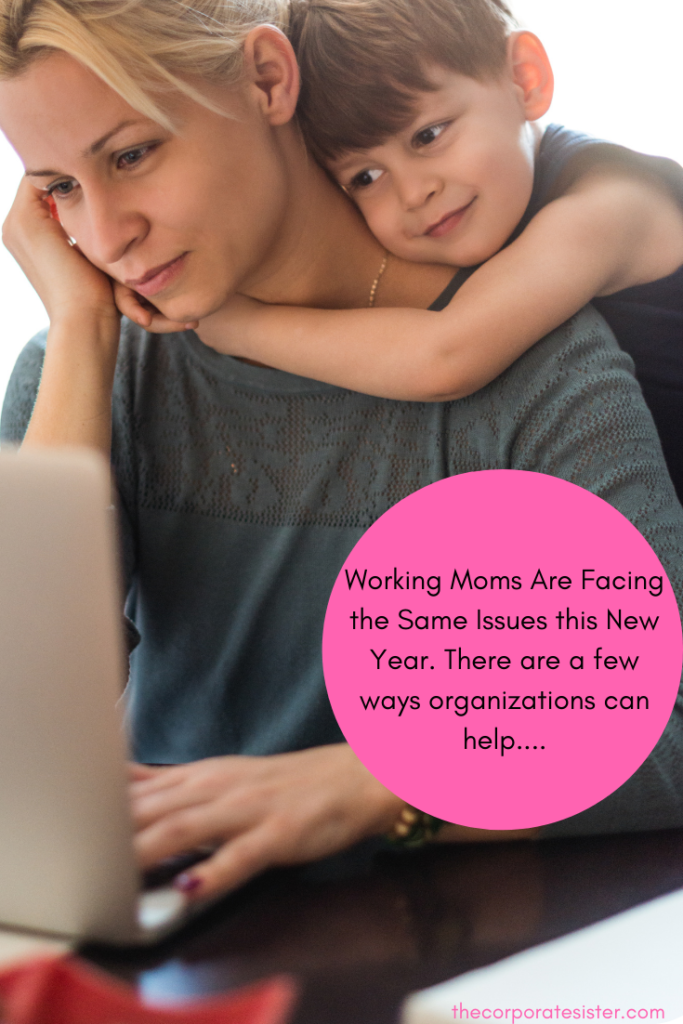
Yet, there are ways organizations and businesses can help to lessen the weight on working moms’ shoulders, while providing an incentive for them to keep and strive in their careers, instead of punishing them for what is largely out of their control. Here are a few suggestions, as we’re starting this new year:
- Listen more to working mother’s needs
Much of the structural and cultural foundation of businesses and organizations as we know them have been inherited from a fundamental patriarchal setting. This is a setting which has not allowed for women’s voices to be heard enough in order for the needed structural, cultural and behavioral changes to be put in place and implemented. As an increasing number of working mothers are raising their voices, most notably as a result of the recent pandemic, many are realizing the unmet needs, and resulting pressures on motherhood. Something as simple as creating forums and spaces where working mothers’ voices can continue to be heard can bring about more of the much-needed awareness around what’s truly at stake, as well as ways to remedy these issues.
- Hire and promote more working mothers
This involves removing barriers, and opening doors of opportunity for working moms to reach levels of influence where their combined experience, knowledge and acumen can create positive change for other working mothers. It’s also a matter of acknowledging the often unconscious bias standing in the way of working mother’s hiring and promotions, including but not limited to the broken rung, glass ceiling, and gender pay gap…
- Offer flexible options…
As has been shown during the pandemic, strategic, well-managed flexibility does not hinder employees’ performance, but rather can increase it. Flexibility for working mothers is essential to manage the various areas of their work and life, which makes it important for businesses and organizations to offer these options.
- …but don’t punish them for choosing flexibility
However, there is often a negative bias associated with flexible work options, especially when these are taken advantage of by working mothers. The latter are often assumed not to be able to handle the demands of motherhood and work, thus unfortunately in many cases being sidelined for advancement or not considered leadership material. The proverbial “mommy track” has been dubbed as such in reference to the lessened career advancement opportunities offered to working mothers taking advantage of flexible work options or reduced work hours for greater work-life balance.
- Review current policies and procedures
Many, if not most, organizational and business policies and procedures are not specific enough to cover the needs of working mothers. Neither do they consider the range of issues that can affect a working mom parenting in circumstances as dire as a global pandemic, such as having to work from home with a sick kid, for instance. Reviewing current policies and procedures, at least on an annual basis, can help identify gaps that can be remedied in the short or long-term.
- Revisit the company’s culture
Last but not least, much of the existing gender bias, inequities and inequalities are embedded in organizational and business cultures that have been prevalent for a very long time. While it may not be written or documented anywhere, the organizational culture is an important indicator of the way employees, including working mothers, are perceived and treated. Revisiting it can help in understanding the barriers standing in the way of working moms, especially in the midst of the current pandemic, and devise ways to lessen or eliminate these entirely.
What are other ways for organizations to help working moms this year?
The Corporate Sister.
